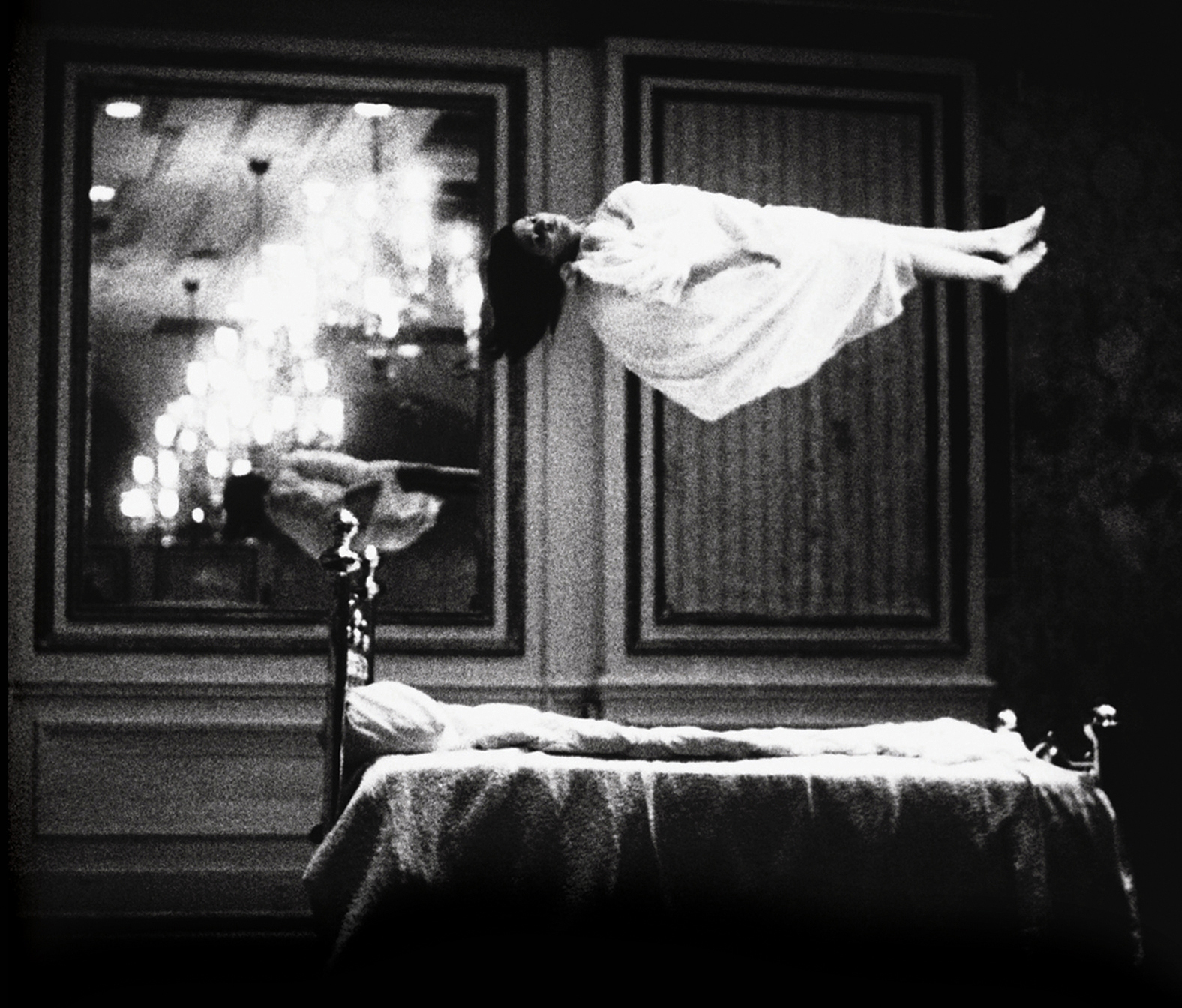UCLA Film & Television Archive’s “˜Nina Menkes: Cinema as Sorcery’ features alumna’s experimental films

Courtesy of Nina Menkes.
Nina Menkes: Cinema as Sorcery
Billy Wilder Theater, Free
By Justina Coelho
Feb. 27, 2012 10:47 a.m.
Correction: The original version of this article contained an error. “Nina Menkes: Cinema as Sorcery,” is a film series curated by the UCLA Film & Television Archive.
A gaunt, shirtless man sharpens a knife in the middle of a dark, barren room as a metronome keeps time in the corner ““ hypnotizing the audience in time with his rhythmic, violent strokes.
This scene from the 2010 independent film “Dissolution,” the latest work of alumna Nina Menkes, exemplifies her use of haunting realism, repetition and time distortion to create a dreamlike quality in her films. UCLA Film & Television Archive’s latest film series, “Nina Menkes: Cinema as Sorcery,” explores this blurred line between dream and reality while celebrating a comprehensive review of Menkes’ works ““ three of which she created while a student at UCLA.
Menkes has won several awards around the globe, including the Los Angeles Film Critics Association award for Best Independent Film of the Year and the Best Drama in Israeli Cinema award at the 2010 Jerusalem International Film Festival.
Menkes complicates the world of the literal image and its metaphorical meaning, casting a spell on audience members, said Shannon Kelley, head of Public Programs for the UCLA Film and Television Archive.
“One of the things I appreciate the most in Menkes’ work is the powerful way that she uses metaphors and images that awake dream states,” Kelley said. “It’s bewitching.”
According to Menkes, filmmaking is a sacred art practice that she felt called to while completing her first film project at UCLA, “A Soft Warrior,” in 1981.
“In the process of making this film, I felt like I had come home to my deepest dharma, my deepest calling. I loved it on every level,” she said.
Menkes attributes her personal work to her education at UCLA, where she said she was encouraged to exercise the power of her individual voice.
“Nobody restricted us in any way,” Menkes said. “I was able to listen to my heart and create exactly what I wanted to.”
Although often described as an experimental filmmaker, Menkes said she rejects this label.
“I’m not trying to experiment, I’m trying to be true,” she said.
Menkes also said her films are narratives ““ stories that rely on coherent plot lines and complex characterization. She described her characters as deeply emotional depictions of her inner self that explore themes such as the power of spiritual search, the pain of exile, the patriarchal oppression of women and the pervasive threat of violence. These predominately female protagonists communicate the precarious condition of the human psyche.
According to Kelley, in Los Angeles, the entertainment capital of the world, many films are produced in a way that can be readily explained and easily sold to vast audiences. Menkes’ films, on the other hand, are almost anti-Hollywood in the way they unfold through the distortion and fragmentation of time, profound symbolism and repetition ““ elements that are often lacking in a traditional corporate film setting.
“They awake feelings as much as they awake ideas,” Kelley said. “Instead of asking, “˜What happens next?’ the audience is left to analyze what is happening in the moment.”
Ranging from vibrant shades of color to bleak black and white, Menkes’ manipulation of color also contributes to the trance-like quality of her films. After attending the screening of “Dissolution”, Maria Carvajal, a fourth-year chemical engineering student, self-described independent film fanatic and a fan of Nina Menkes, said she was mesmerized by Menkes’ use of light and shadows to track the protagonist’s descent into darkness.
“The way she used color and lighting in a black-and-white film was extraordinary,” Carvajal said. “It was dark and powerful.”

